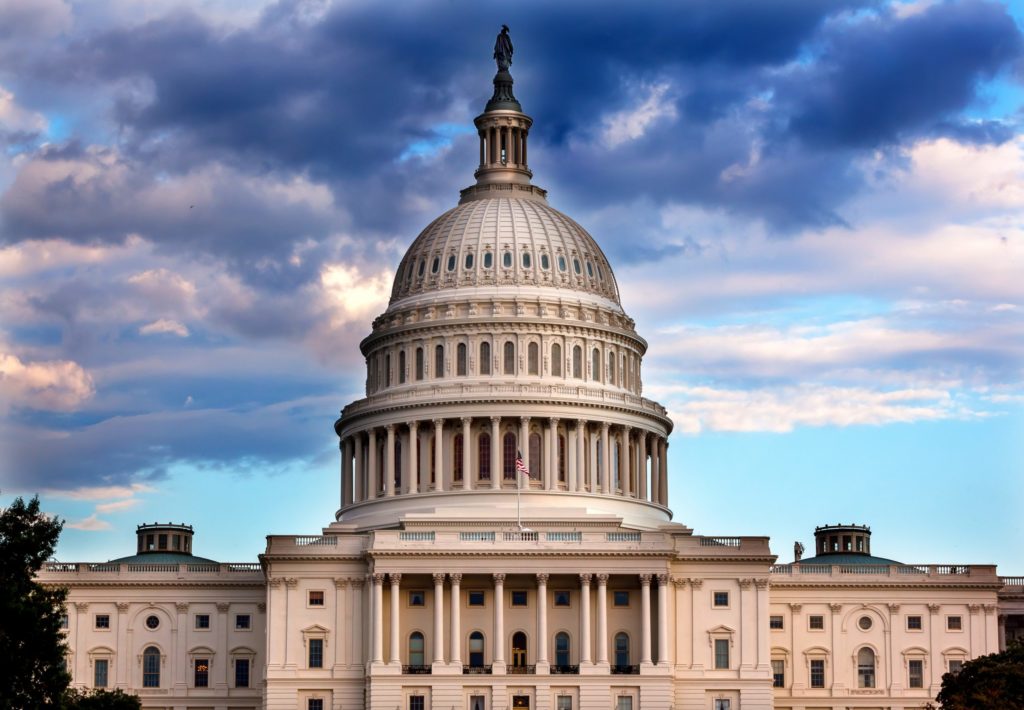Why did economists think negative interest rates were impossible?
“Many things that had once been unimaginable nevertheless came to pass.” So it is with negative interest rates, a very good case of this insightful saying of physicist Freeman Dyson.
Many economists once confidently discussed how there was a “zero bound,” so interest rates could not go below zero in nominal terms. They had a nice theoretical argument, which seemed logical, and which they repeated over the years, for why this had to be so.
The world has a lot of negative interest rates anyway. Last week, the global total of bonds with negative interest rates reached $12.5 trillion, with a “T.”
So much for the zero bound and so much for the argument. Why did the economists believe what is manifestly not the case—with the proof of the opposite case now in trillions?
The argument was that as long as paper currency was available, which is always worth par and has an interest rate of zero, nobody would ever choose to hold a note, or deposit or bond with a negative interest rate. They would always pick a zero return over less than zero. This sounds OK. Why isn’t it true in real life?
The problem is that it applies for relatively small amounts on a personal basis, but not for huge amounts on an institutional basis. It is easy to imagine keeping $5,000 or $10,000 in currency instead of in a deposit account or money-market investment or paying $500 in cash to your plumber. You could readily have a wallet, or a box or a safety deposit box full of paper currency.
But suppose you are an institution with hundreds of billions of dollars to invest—that would be a lot of $100 bills. Or try to imagine the astronomical daily trading of financial markets trying to settle in paper currency. Or a corporation with 100,000 employees deciding it would go back to payrolls made in envelopes of currency and coins. Currency is simply not a substitute for the accounting money of banks and central banks at institutional size. Q.E.D.
There is a further intriguing issue. How negative can interest rates get? Negative 1 percent? Negative 2 percent? More? When would something blow up? Nobody knows.
A final speculation: I believe that a free financial market would never on its own create negative interest rates, which is the inherently silly idea that the lenders should pay the borrowers for the privilege of lending them money. Only in a world of the manipulations of fiat currency central banks, I believe, can negative interest rates happen. But that, of course, is the world we have.









